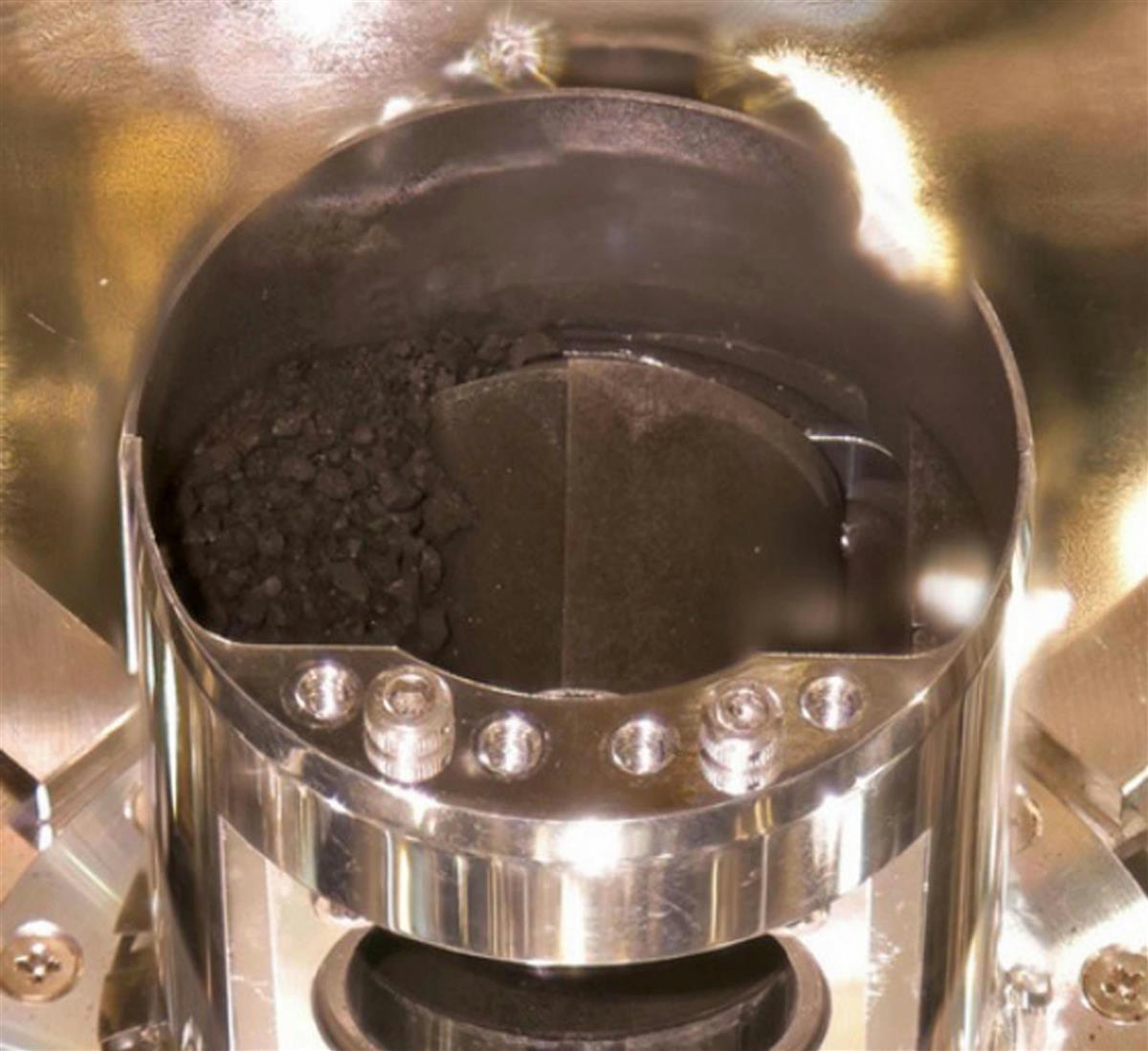
はやぶさ2:リュウグウの砂・相当量を採取:JAXA会見(動画):
Hayabusa2: Collecting a sand from Ryugu: JAXA interview:
“ Hayabusa 2”:收集大量龙宫沙:JAXA采访
2020/12/15 14:20
宇宙航空研究開発機構(JAXA):
「カプセル内部で確認した、黒い砂粒状の試料」について、オンラインで記者会見した。
12月15日、探査機「はやぶさ2」が地球に帰還。
カプセルの内部を確認した。
黒い砂粒状の試料についてオンラインで記者会見した。
津田雄一教授:
「明らかにリュウグウで採取された砂が相当量(カプセル内に)入っていることが確認された」と述べた。
JAXAによると:
日本帰国後の調査で、「はやぶさ2」のカプセルから検出したガスは、地球上のものではない。
「小惑星リュウグウに由来するものであること」を確認した。
SankeiBiz:
https://www.sankeibiz.jp/business/news/201215/cpc2012151420002-n1.htm
JAXA | Analysis results from the gas collected from the sample container of the asteroid explorer, Hayabusa2
December 15, 2020 (JST)
National Research & Development Agency Japan Aerospace Exploration Agency (JAXA)
The Japan Aerospace Exploration Agency (JAXA)
has confirmed that the gas collected from the sample container inside the re-entry capsule of the asteroid explorer,
Hayabusa2, is a gas sample originating from asteroid Ryugu.
The result of the mass spectrometry of the collected gas within the sample container
performed at the QLF (Quick Look Facility) established at the Woomera Local Headquarters in Australia on December 7, 2020,
suggested that the gas differed from the atmospheric composition of the Earth.
For additional confirmation, a similar analysis was performed on December 10 – 11 at the Extraterrestrial Sample Analysis results from the gas collected from the sample container of the asteroid explorer, Hayabusa2 Curation Center on the JAXA Sagamihara Campus.
This has led to the conclusion that the gas in the sample container is derived from asteroid Ryugu.
The grounds for making this decision
are due to the following three points.
Gas analysis at the Extraterrestrial Sample Curation Center and at the Woomera Local Headquarters in Australia gave the same result.
The sample container
is sealed with an aluminum metal seal and the condition of the container is as designed, such that the inclusion of the Earth’s atmosphere was kept well below the permissible level during the mission.
Since it was confirmed on the Sagamihara campus that gas of the same composition had been generated even after the removal of the container gas in Australia, it is considered that the collected gas must be due to the degassing from the sample.
This is the world’s first sample return of a material in the gas state from deep space.
The initial analysis team
will continue with opening the sample container and performing a detailed analysis of the molecular and isotopic composition of the collected gas